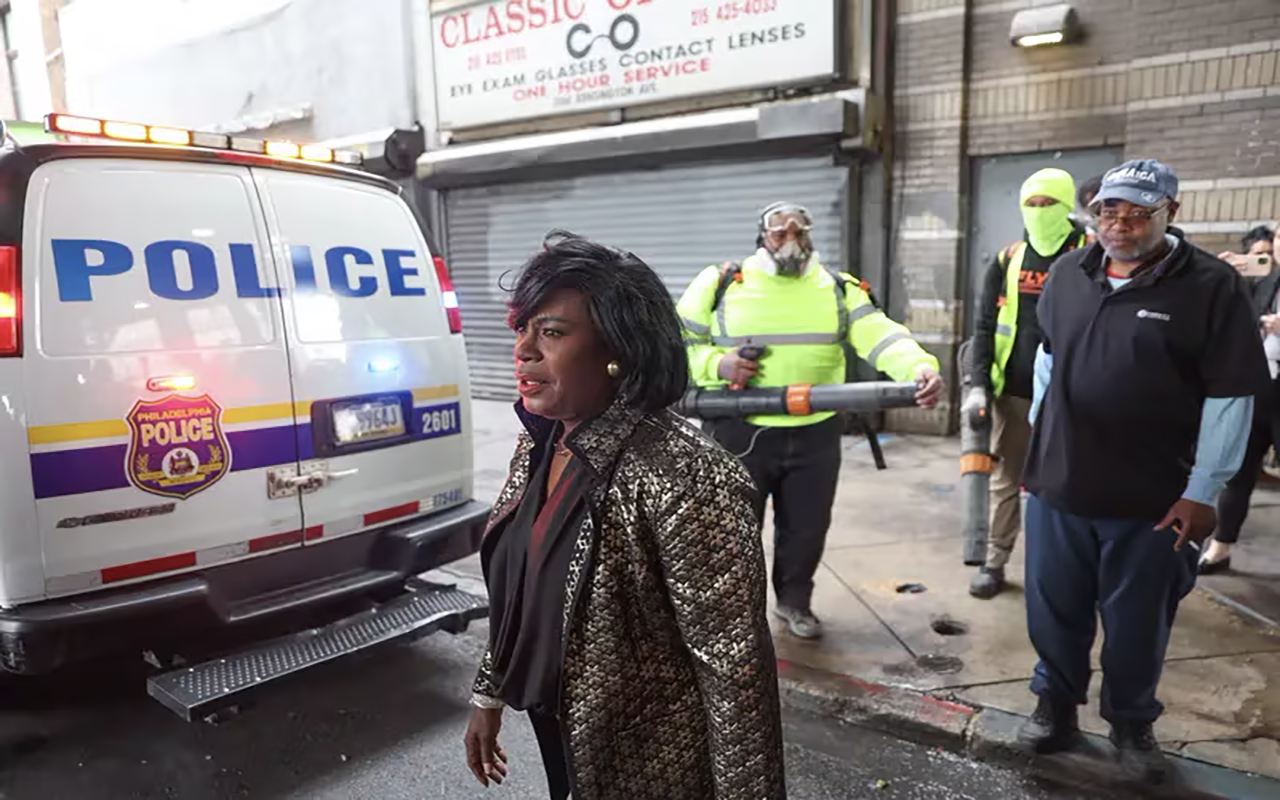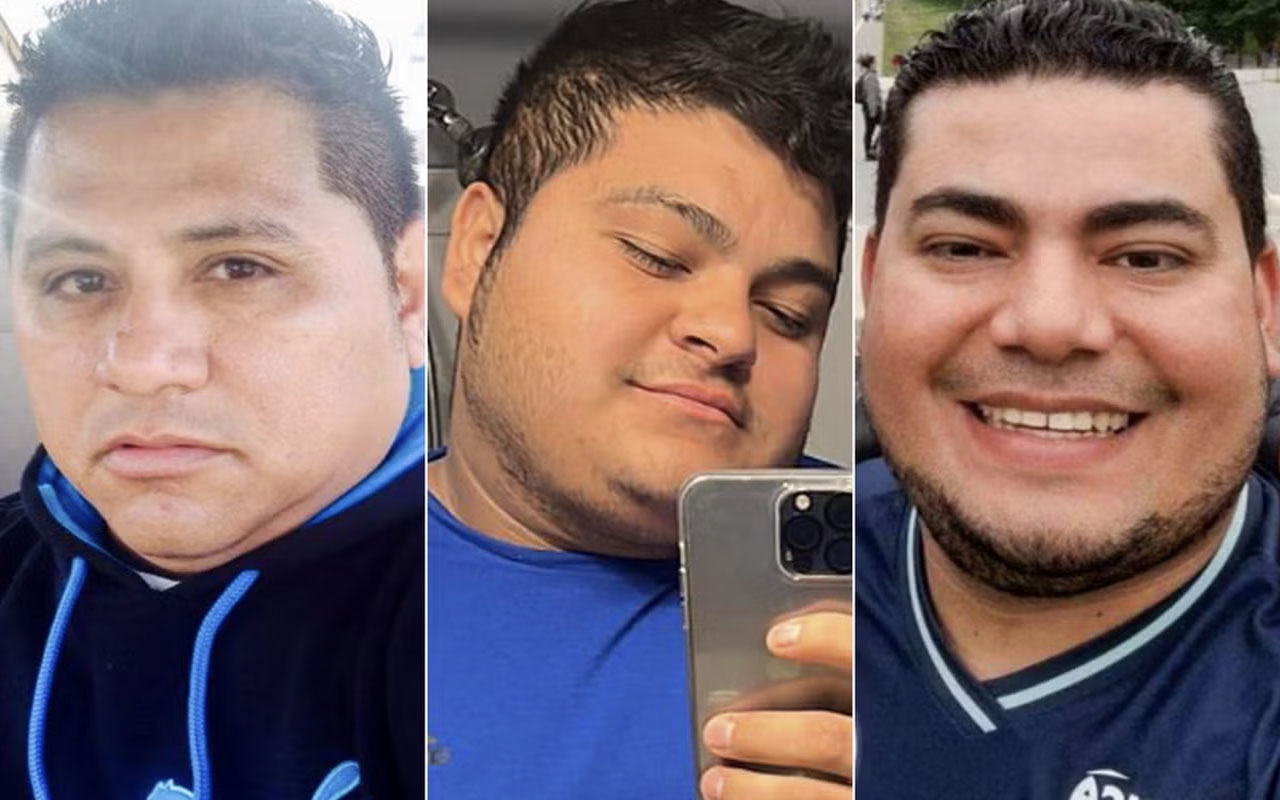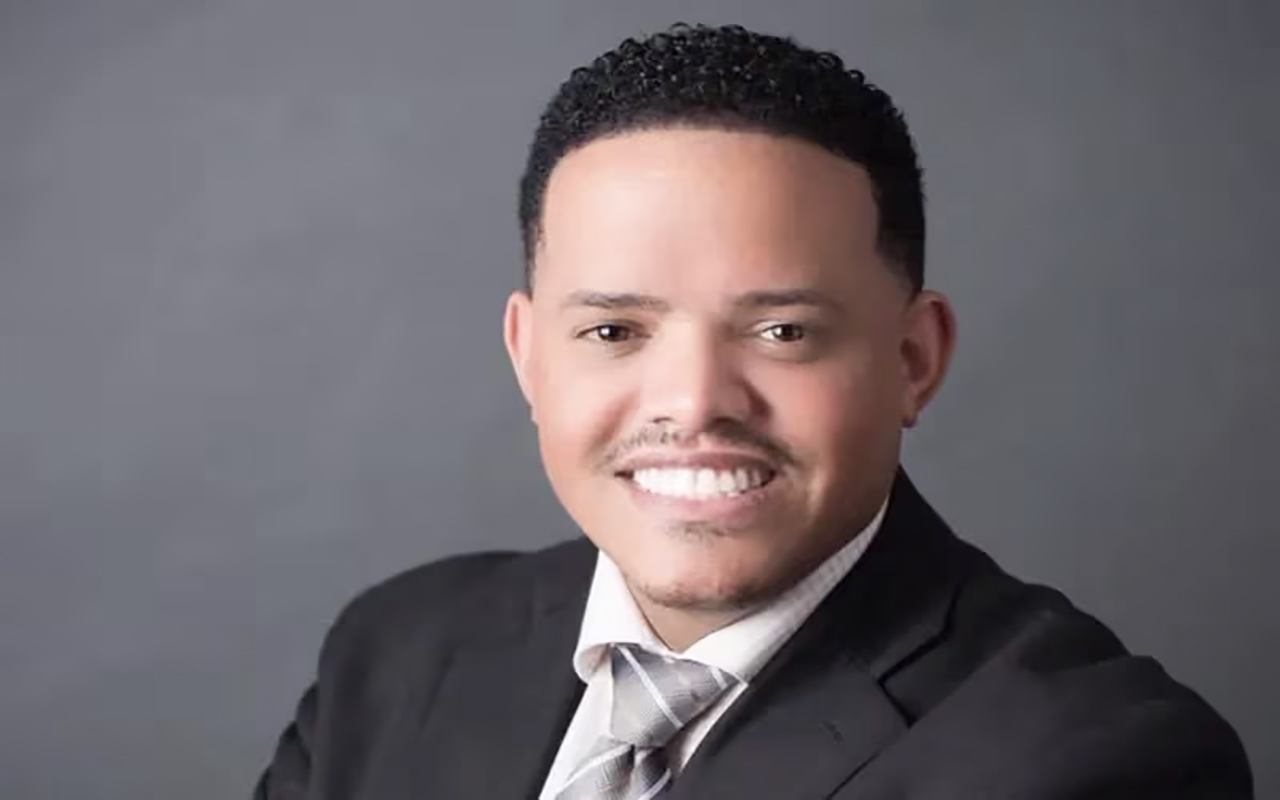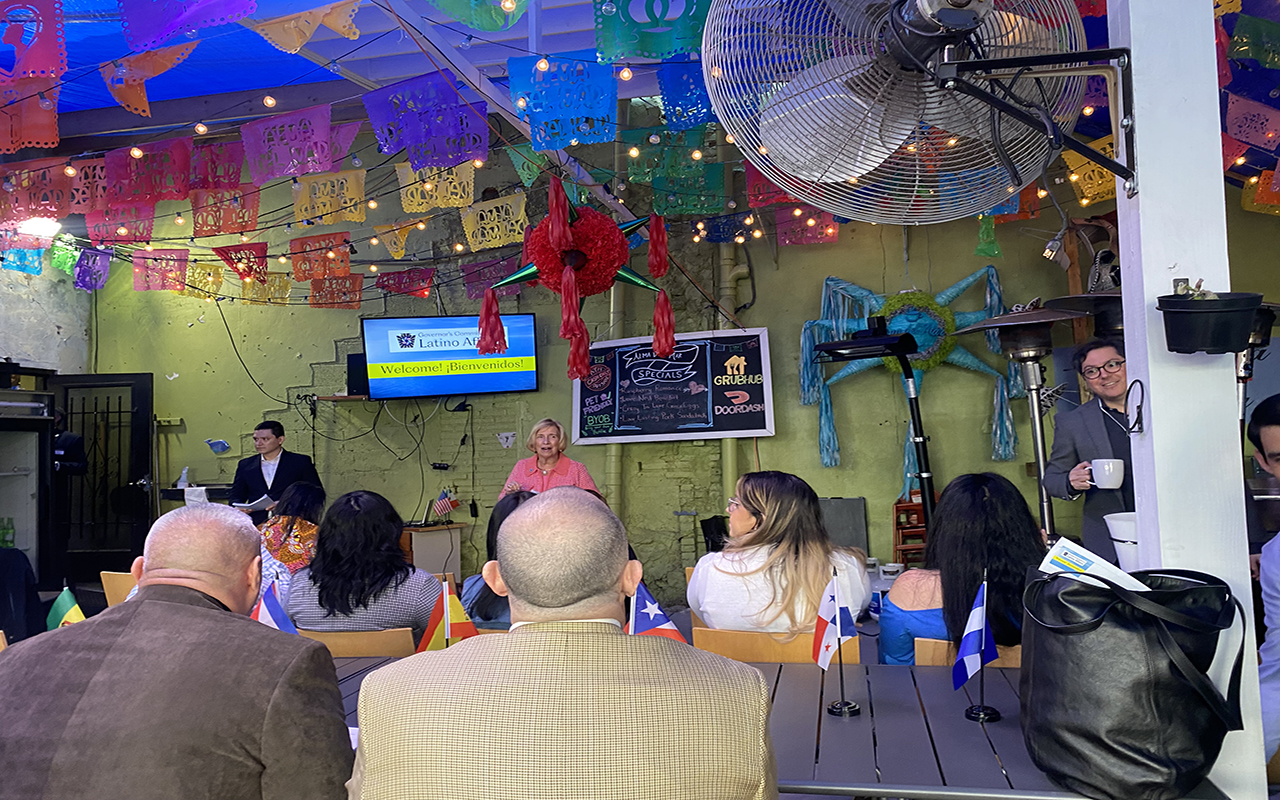
Staying alive with death
The celebration date back to the Pre-Columbian era and can be found now in Philadelphia.
Love of death, fear of death, respect of death, longing of death, taste of death, heat of death, living with death, the day of death.
These are some of the expressions by which Mexicans conjugate their relationship with the end of life, with the feared word, with the unnamable, with that giving waking up every day true meaning.
Rooted in Mexico even before the Spanish Conquest, the cult to the dead not only helps to remember those who have left before us, but also to welcome them to this world when they visit us back on November 1 and 2.
In Philadelphia, this tradition continues in immigrant homes, where borders and distances are nonexistent when it comes to remembering their deceased.
“It is very meaningful to remember those who have died,” said Maximino Sandoval, better known as Charro Negro among the Mexican community.
“It is of great importance to me because this year I lost my grandparents and was unable to see them before they passed away,” he said. “And they were the ones who taught me the tradition of remembering those who have already left us.”
To bring back those memories, people put up alters with photos of their family members and friends who have passed away in their homes, along with the special dishes, candy, fruit and beverages that they most enjoyed while they were living.
“The dead arrive and if there is nothing there for them, it means that you did not love them, he stated. “If we don’t carry on with the tradition, they tug at our feet at night”.
And though this has not happened to him before, Charro Negro says
it doesn’t scare him and that it would be great for his deceased to roam around his home.
“I’m going to prepare the food for them and pray the Rosary”, he said. “But it would be good to have them tug at my feet to see what it feels like”.
According to this tradition, the souls of the dead approach the alters following a path marked by marigolds, yellow or orange flowers known in Mexico as “cempasúchil”; candles and paths of quicklime, though the tradition varies according to the region of the country.
Cempasúchil is a Nahua word –which comes from the Aztec language—meaning 20 flowers, perhaps explaining the bulky appearance of this flower.
The staart of this tradition is detailed in the codex of the Spanish Conquest era, in which Europeans wrote in detail about the indigenous rituals that seemed to be mocking death.
According to the information from the Commission for the Development of Indigenous People of Mexico (CDI), the cult to the dead was a fundamental part of the cosmogony of the people in the central part of the country.
For them, death –which was a continuance of life—played an important role, as evidenced by the great number of archeological pieces referring to the gods the governed the Pre-Hispanic underworld.
According to Pre-Hispanic beliefs, souls went to three different places, according to the death they experienced.
The festivities were held during the ninth and tenth months of the Aztec calendar and where governed by Mictecacihuatl, goddess of the underworld.
After the Spanish Conquest, they first tried to abolish the cult but it ended up with a different nuance, in which death was seen as the end of life, and the souls went to heaven or hell, according to the life they lived on earth, says the CDI.
Holding this celebration at the beginning of November was something attributed to Pope Gregory IV, who in 835 declared November 1 as All Saints Day.
In the 10th Century, the catholic rite introduces November 2 as the day of the Faithful Dead, date on which the saints intercede for the souls in Purgatory so that they may be granted eternal rest.
The mixture of cultures gave rise to the tradition that spread out through all of Mexico, especially among indigenous cultures and that has been considered as a world heritage by UNESCO.
In addition to the alters, the Mexican people perform religious processions, clean the tombstones, right rhymes (known as “skulls”) that mock death and of people known by the community, they bake round bread in the shape of bones for decoration purposes and make sweet skulls with the names of the individuals on the foreheads.
For Mexicans, death is a cause of affection and mockery, though it clearly never stops hurting.
She is referred to as skinny, bones, frugal, dandy lady, baldy or skeleton; has been a motif for rhymes, engravings and paintings, such as those of José Guadalupe Posada, from which muralist Diego Rivera took the classic “Caatrina –dandy lady” to place her in his work “Sueño de la tarde dominical en la Alameda Central”.
Ultimately, celebrating the Day of the Dead meaning coming alive and remembering that the only sure thing in life is death.
Celebrate the Day of the Dead this Saturday at El Huarache Azteca. For more information, call 215 775 1176.










LEAVE A COMMENT:
Join the discussion! Leave a comment.